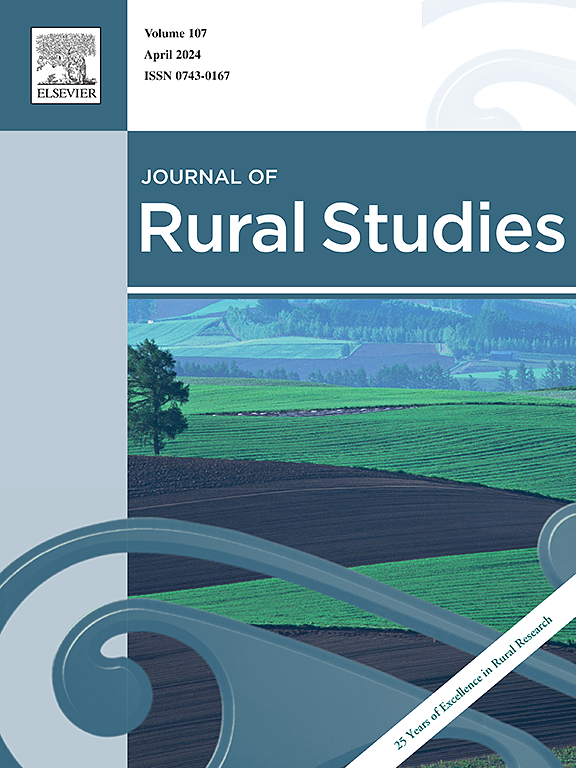Shocks and rural food insecurity: Insights from high frequency data during the COVID-19 pandemic in Malawi
IF 5.7
1区 社会学
Q1 GEOGRAPHY
引用次数: 0
Abstract
It is widely recognized that national or global shocks can affect household food security in rural areas of low-income countries. However, there is still limited rigorous micro-level evidence regarding how such impacts manifest and are distributed. A primary reason for this gap is data limitations; many studies are unable to adequately control for the seasonal and inter-annual variations in production and consumption that can bias identification of the effects of large, covariate shocks. We use three years of monthly household panel data to characterize the food security effects of COVID-19 in Southern Malawi. These high frequency data begin two years before the pandemic, allowing us to control for seasonality and inter-annual variation in growing conditions and to demonstrate how these confounding factors can lead to spurious estimates. We find that a strong 2020 harvest coincided with the COVID-19 shock and buffered households on average from food insecurity. We show, however, that the strong harvest on average was insufficient to protect the poorest households: the majority (74 %) of the most food insecure households pre-pandemic were worse-off in 2020 than they would have been otherwise. We use qualitative methods to explore underlying mechanisms: the pandemic led better-off households to reduce their demand for local labor, resulting in declining earning opportunities for the poorest households. Our findings demonstrate the importance of controlling for concurrent dynamics to generate more accurate estimates about how large covariate shocks are associated with household food security, particularly among the most vulnerable rural households.
冲击与农村粮食不安全:来自马拉维2019冠状病毒病大流行期间高频数据的见解
人们普遍认识到,国家或全球冲击可能影响低收入国家农村地区的家庭粮食安全。然而,关于这些影响如何表现和分布的严格的微观证据仍然有限。造成这种差距的主要原因是数据的限制;许多研究无法充分控制生产和消费的季节性和年际变化,这可能会使识别大型协变量冲击的影响产生偏差。我们使用三年的月度家庭面板数据来描述COVID-19对马拉维南部粮食安全的影响。这些高频率数据始于大流行前两年,使我们能够控制生长条件的季节性和年际变化,并证明这些混杂因素如何导致错误的估计。我们发现,2020年的大丰收与2019冠状病毒病冲击同时发生,平均而言缓解了家庭的粮食不安全问题。然而,我们的研究表明,平均强劲的收成不足以保护最贫困的家庭:大多数(74%)粮食最不安全的家庭在2020年的情况比大流行前更糟。我们使用定性方法探索潜在机制:大流行病导致较富裕家庭减少对当地劳动力的需求,导致最贫穷家庭的赚钱机会减少。我们的研究结果表明,控制同步动态对于更准确地估计协变量冲击与家庭粮食安全的关联程度非常重要,尤其是在最脆弱的农村家庭中。
本文章由计算机程序翻译,如有差异,请以英文原文为准。
求助全文
约1分钟内获得全文
求助全文
来源期刊

Journal of Rural Studies
Multiple-
CiteScore
9.80
自引率
9.80%
发文量
286
期刊介绍:
The Journal of Rural Studies publishes research articles relating to such rural issues as society, demography, housing, employment, transport, services, land-use, recreation, agriculture and conservation. The focus is on those areas encompassing extensive land-use, with small-scale and diffuse settlement patterns and communities linked into the surrounding landscape and milieux. Particular emphasis will be given to aspects of planning policy and management. The journal is international and interdisciplinary in scope and content.
 求助内容:
求助内容: 应助结果提醒方式:
应助结果提醒方式:


